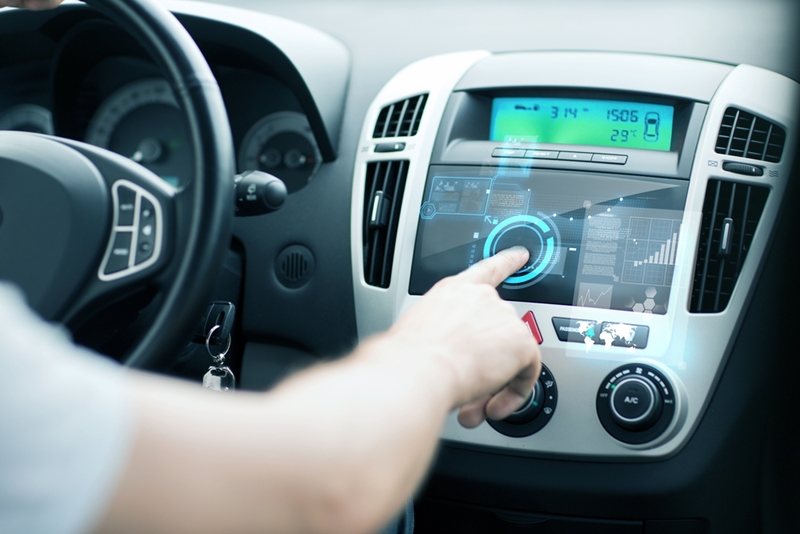Buying a vehicle through a novated lease can be pretty easy on your wallet, whether you're an employer or an employee. But what about how it is on the environment? Vehicle emissions are a hot-button issue for many.
The Australian Automobile Association (AAA) announced on December 7 that it is to undertake an 18-month period of research into these emissions, following a revelation around certain Volkswagen vehicles.
Vehicle emissions are a hot-button issue for many.
It was discovered that some 10 million vehicles from the Volkswagen Group had been implanted with software that would deliberately display fewer emissions than a car was actually giving off. Michael Bradley, chief executive of the AAA expressed concern that there wasn't any government-level regulation in place to monitor this sort of practice.
It's a big step, but it might leave many Australian vehicle owners in the dark. So we thought it'd be good to take a step back and pick apart exactly what these emissions are.
Greenhouses gases
Greenhouse gases are something that we hear about so often, but it can be easy to understate their impact. But as the Federal Government's Green Vehicle Guide (GVG) notes, the greenhouse gas carbon dioxide (CO2) accounted for 84 per cent off all the transport sector's emissions through 2012.
So it's a pretty big deal. Methane and nitrous oxide are two other greenhouse gases produced by vehicles, and every different car, truck or motorbike produces a specific level of these fumes. How much greenhouse gas is produced by a car is usually linked to what sort of fuel you use.
Air pollutants
Of course, these aren't the only emissions that vehicles produce that can harm the atmosphere. These can contribute to smog and have negative impacts on human health, and some of the most common ones include:
- Nitrogen oxides
- Carbon monoxide
- Particulate matter
- Benzene
- Other organic compounds
They can create photochemical smog as well, and regulation of these emissions is an important part of Australian vehicle design. When you're buying a vehicle here, you may want to secure one that doesn't damage human health or the environment extensively!
 What sort of emissions do vehicles produce?
What sort of emissions do vehicles produce?If your vehicle runs on petrol, diesel, natural gas or liquefied petroleum gas, then there are certain regulations it must abide by when it comes to these air pollutants. The limits will change depending on the make of the car, and whether it is used for carrying people or goods.
For example, the GVG points out that diesel-powered vehicles can emit more nitrogen oxides, and those that run on petrol have a higher threshold for how much carbon monoxide they can produce.
A history of regulation
Since the 1970s, Australia has had some form of regulation on vehicle emissions. The Department of Infrastructure notes that they have consistently grown tighter in the past 40 years in order to keep step with United Nations guidelines. Air quality indicators have also improved significantly, which enables overarching bodies to measure how much a car emits, what it is producing, and how this can be improved.
Air quality indicators have improved significantly, which enables overarching bodies to measure how much a car emits.
It's an important part of continued mass production of vehicles, and helps to ensure better air quality for our cities and rural areas. The ongoing research from the AAA should improve best practice in this area even further. Should emissions be a chief concern of yours when buying a vehicle in Australia, then this should come as good news. Regardless of your knowledge level, it's handy to get a grasp of the emissions that vehicles do produce.
If you're in the market for an excellent low-emissions vehicle, a novated lease could be the answer. Talk to us here at Alliance Leasing to see just how simple the process can be.





